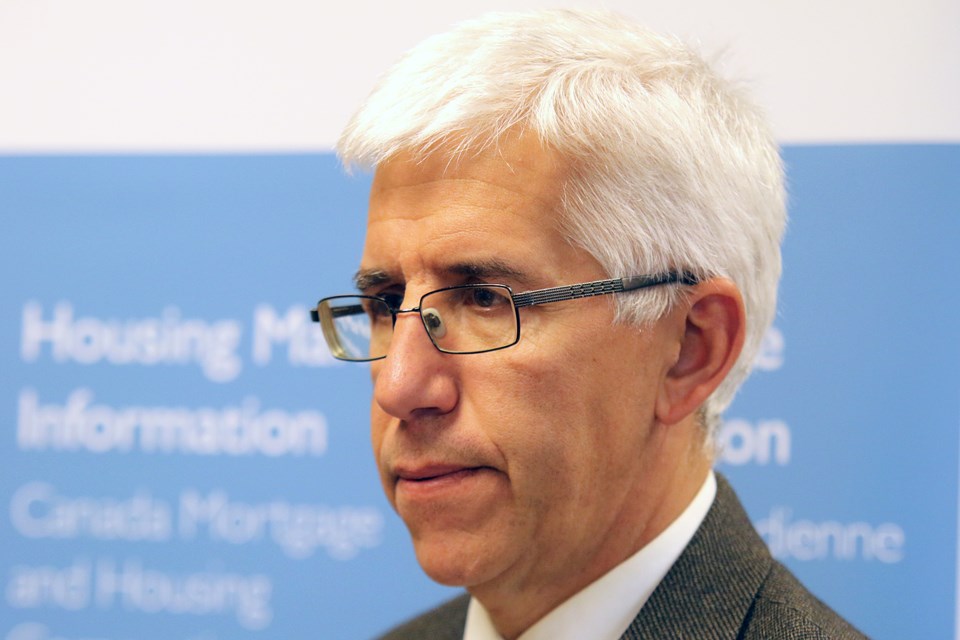THUNDER BAY -- It’s a good time to buy for anyone looking to purchase a high-end home in Thunder Bay.
Canada Mortgage and Housing Corporation analyst Warren Philp on Wednesday said there’s an over-supply of houses priced at more than $300,000 on the market, adding overall the resale market appears to be a balanced one.
According to figures provided by CMHC, resale demand in Thunder Bay will range between 1,300 and 1,400 in 2017, with the average price ranging between $230,400 and $246,000.
Philp said for a five-year period ending in 2014 Thunder Bay was in a seller’s market, which he attributed to a growth in mineral exploration and high expectations surrounding the mining industry.
“That was the era of bidding wars and homes selling quite regularly over the list price and very tight supply in the market and quite good demand,” Philp said.
“We no longer have a seller’s market, we have a balanced market and arguably in parts of the reseller’s market in Thunder Bay, we’ve got a buyer’s market conditions ... Which means there are little to no price increases, and in fact, some price adjustments are taking place, especially at the high end of the market.”
Philp, quoting CMHC’s annual housing market outlook, said the news is also not rosy for the new-home construction industry in town.
Single-family housing starts are expected to decline in 2017, a trend that will likely continue into 2018, a projection he also blamed on a stagnant job market and negative population growth.
However, there may be an uptick in multi-unit dwelling starts as developers look to replace the old-stock rental supply, much of which was built before 1990.
“We see single-detached starts being flat or potentially declining a little bit. Where there is some potential for growth and we see a little bit of volatility over the next two-and-a-half years is in multi-family starts,” Philp said.
“There has certainly been interest in building small apartment blocks, some condominium units and even some row housing concepts and semi-detached units.”
The total number of new housing starts next year is expected to range between 220 and 240. CMHC is projecting a high of 160 single-family starts, a low of 140. The forecast for 2016 is between 150 and 160. In 2013 the number was 193, and it’s decreased every year since.
The number could drop to as low as 125 by 2018.
The report also projects the Thunder Bay census metropolitan area will drop from an estimated 124,000 in 2016 to 122,000 in 2018.
